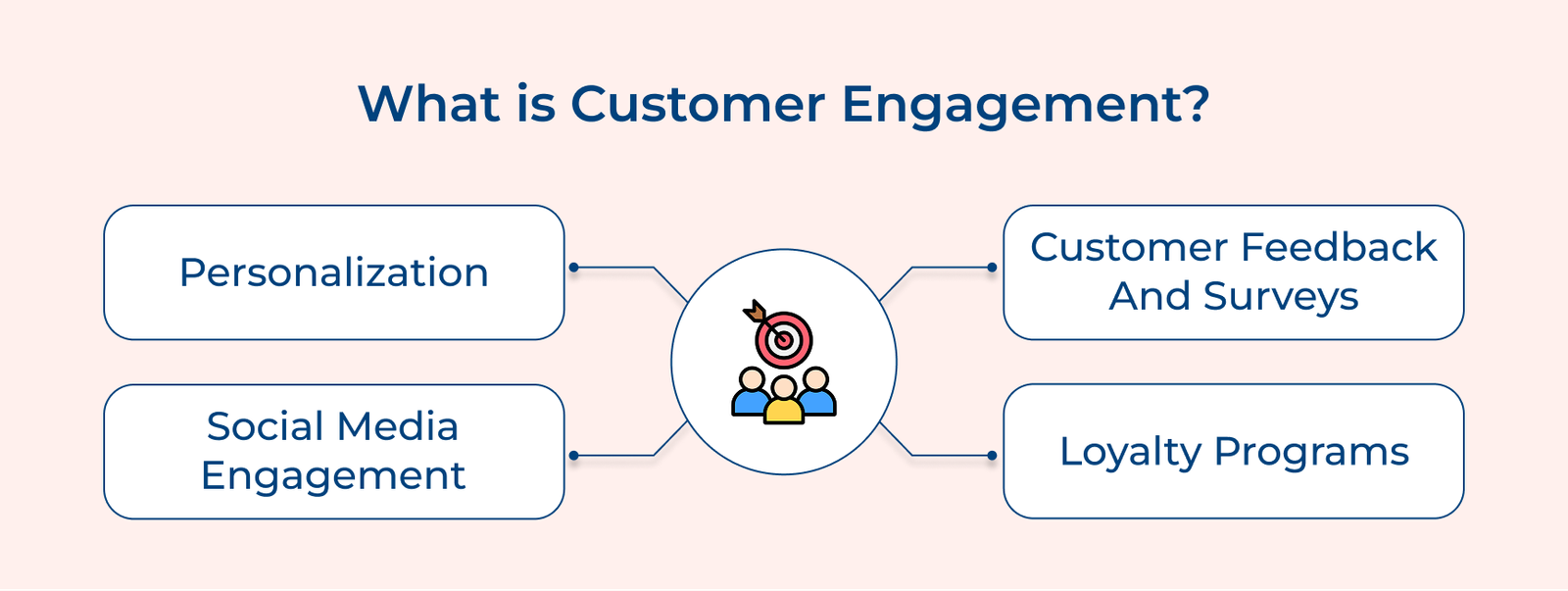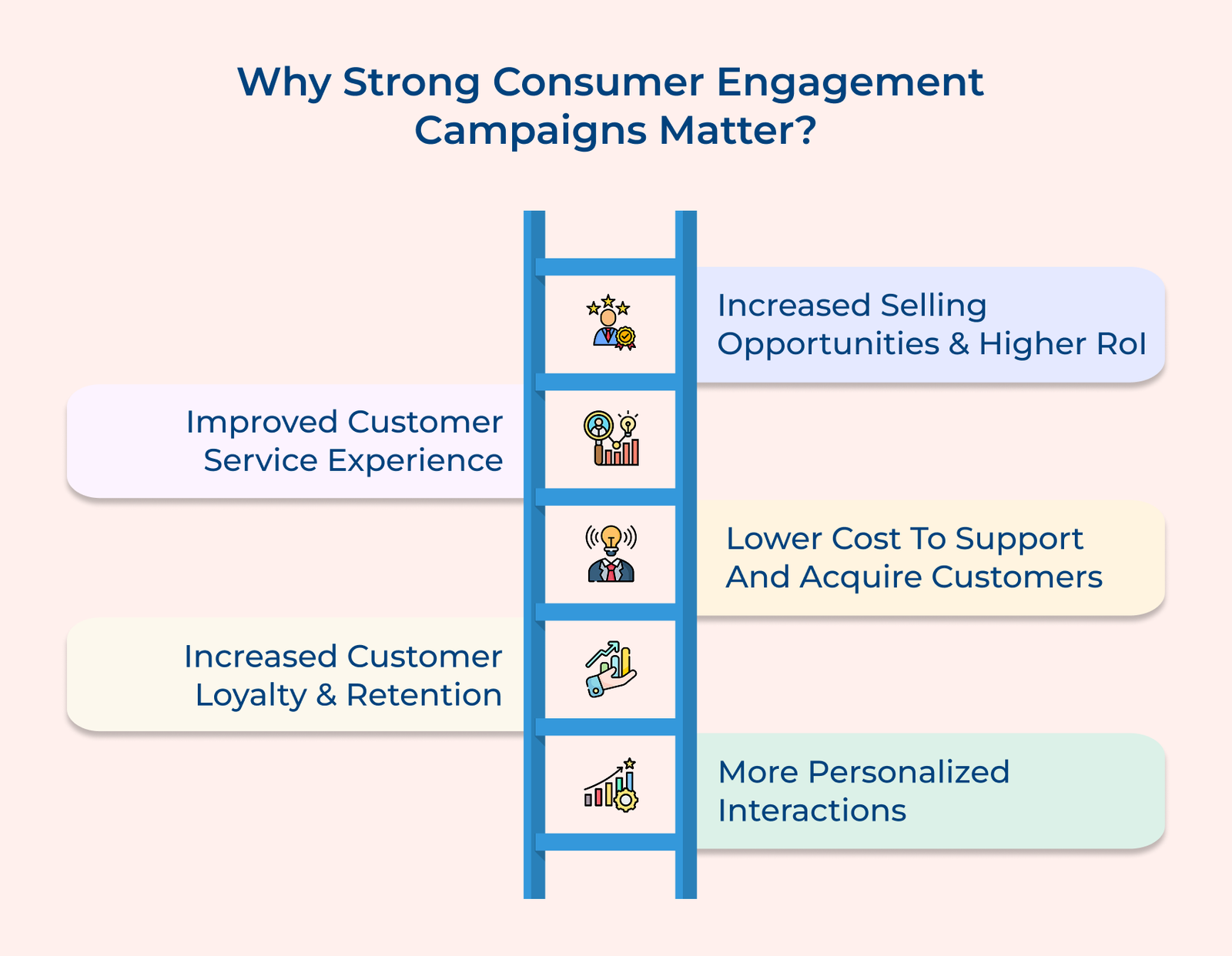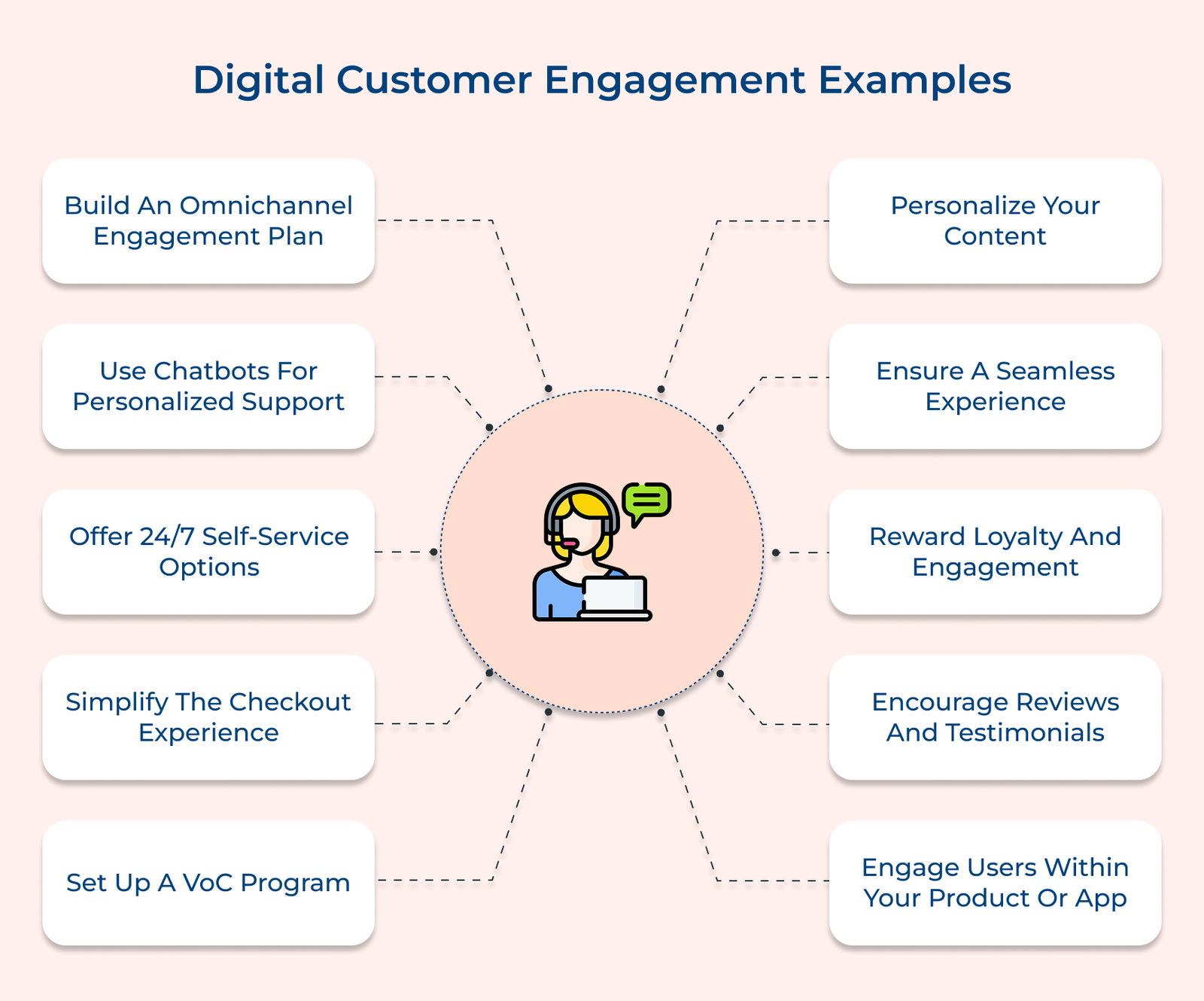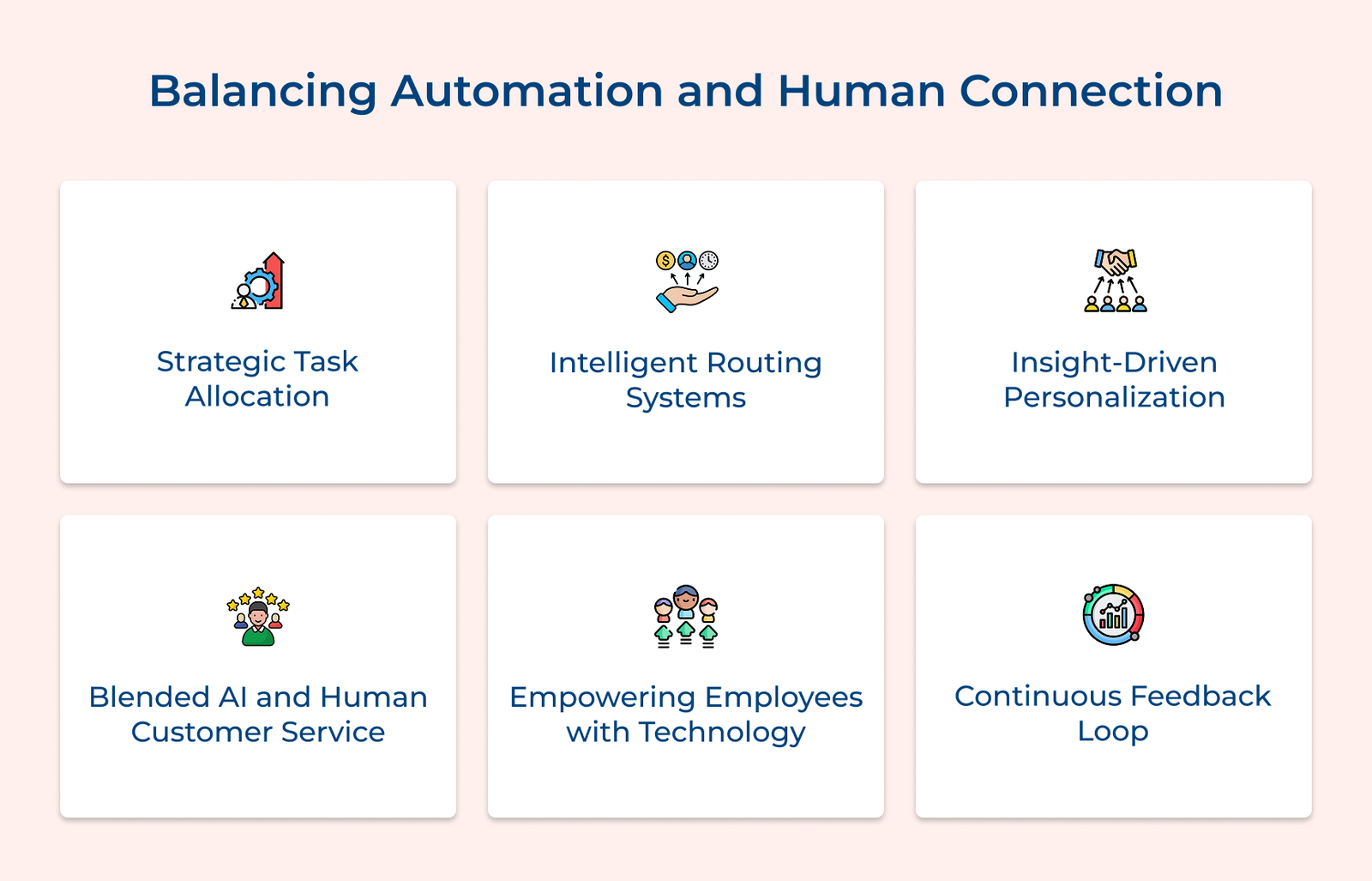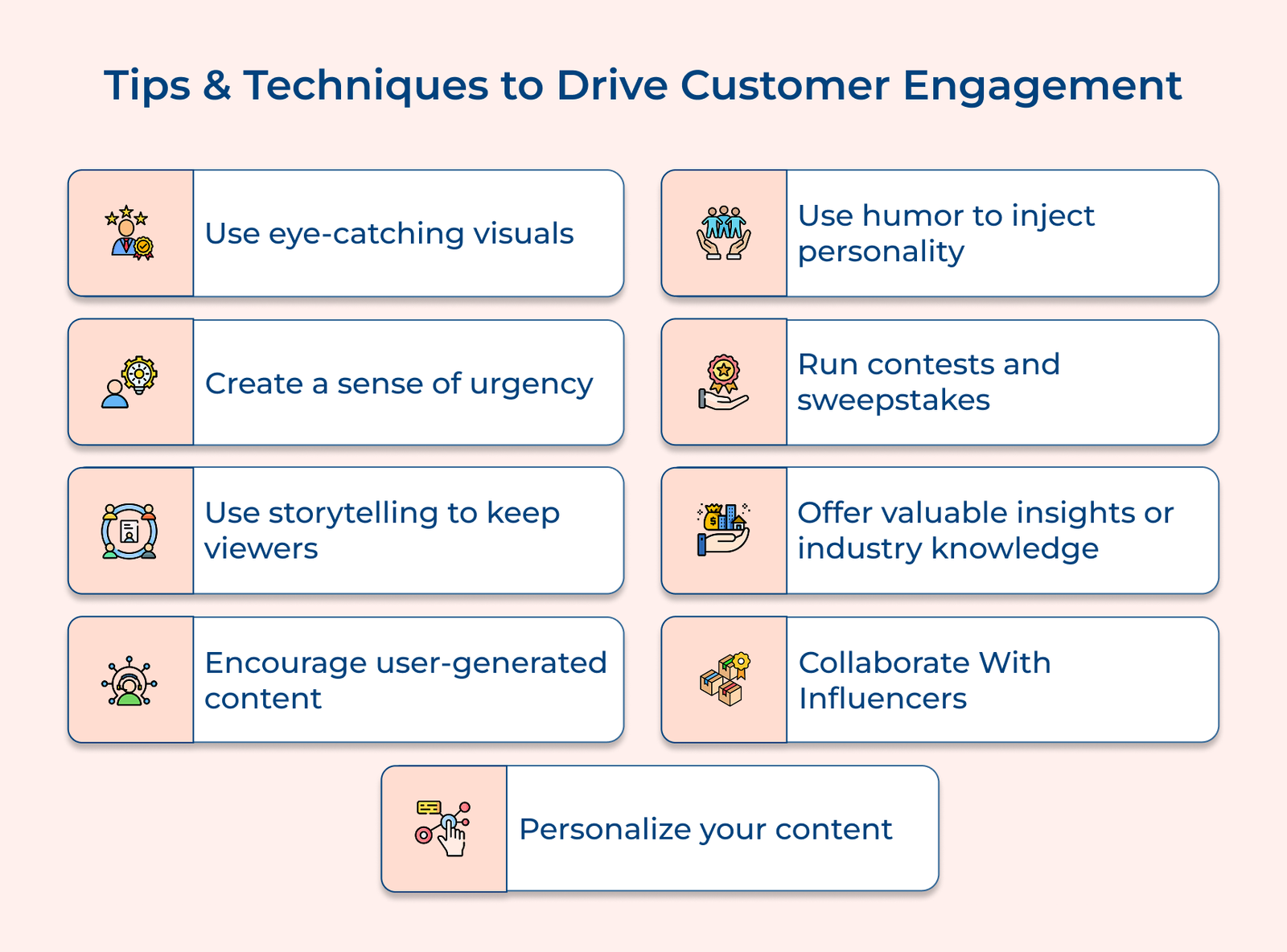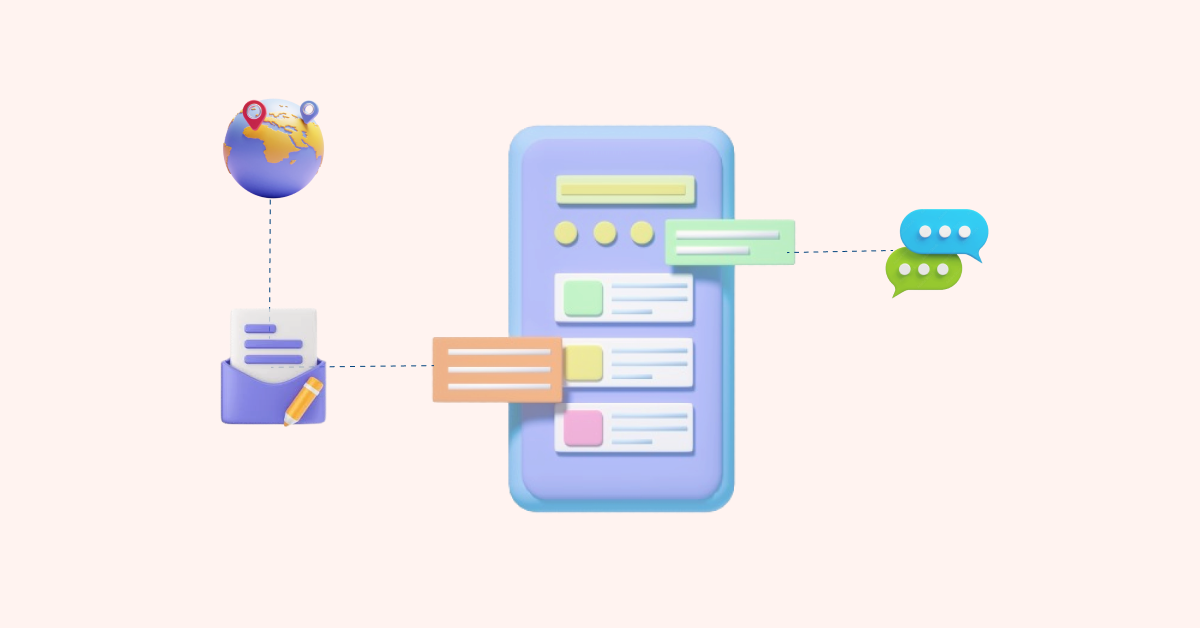1. Build an Omnichannel Customer Engagement Plan
An omnichannel customer engagement plan is a strategy that involves using multiple channels to connect with your customers. The goal is to create a seamless customer experience across all channels. Whether the customer is interacting with your brand through social media, email, chat, or phone, they should receive a consistent experience. Omnichannel customer engagement increases average sales revenue by 9.5%.
A customer engagement strategy example of an omnichannel plan is Sephora’s Beauty Insider program. The program is built around a mobile app, but it also includes a rewards program, augmented reality experiences, and in-store events. The omnichannel approach helps Sephora not only engage with its customers through different channels but also provide a personalized shopping experience.
Key takeaways:
- Establish clear customer personas to tailor personalized experiences for every touchpoint.
- Implement a seamless cross-channel communication strategy to ensure consistency and avoid conflicting messages.
- Gather and analyze feedback data from all channels to identify areas of improvement and adjust the engagement plan accordingly.
2. Utilize Chatbots to Offer Personalized Service at Scale
Chatbots are an excellent tool for improving customer engagement. They offer personalization at scale, which means they can provide relevant recommendations, assistance and answers to customers in real time. As the chatbots are available 24/7, customers get quick assistance and they don’t have to wait for a human representative to respond.
One brand that has utilized chatbots effectively is H&M. They created a chatbot on Kik, which is a messaging platform popular with teenagers. The chatbot allowed customers to access personalized style recommendations, which were based on the customer’s likes and dislikes. H&M’s chatbot was a hit with customers, as it delivered a personalized experience that was convenient and fun.
Key takeaways:
- Understand your customers’ needs and design your chatbot to provide personalized solutions.
- Train your chatbot to understand natural language processing to improve conversation flow and engagement.
- Integrate your chatbot with other customer service channels for a seamless and consistent experience.
3. Offer Self-Service Options to Promote 24×7 Support
Another effective customer engagement strategy is to provide self-service options. It means empowering your customers to resolve issues and answer questions independently through a self-help portal or community forum. Providing easy-to-use and accessible self-service options, allows customers to find immediate solutions to their problems. More than 70% of customers want the ability to solve their issues independently.
Amazon’s self-service features allow customers to track their orders, manage their subscriptions and access support documentation. Their community forum also enables customers to share ideas, provide feedback, and connect with other users. The self-service option allows Amazon to drive customer engagement and create a better customer experience.
Key takeaways:
- Provide clear and easy-to-use self-service options such as FAQs, chatbots, or online tutorials to empower customers to find the answers they need quickly and efficiently.
- Ensure your self-service options are available and accessible 24/7, allowing customers to get the help they need whenever they need it, without delay or inconvenience.
- Use data analytics to track customer interactions with your self-service options, identify areas for improvement, and create personalized experiences that meet their unique needs.
4. Create a Frictionless Checkout Experience
Creating a frictionless checkout experience is another great consumer engagement example. A simple plus seamless checkout process will encourage customers to complete their purchases and return to your store in the future. Reducing the number of steps required to check out can make a significant impact on your customer’s experience.
One example of a brand that has mastered frictionless checkout is Apple. With their Apple Pay option, customers can complete their purchases with just a few clicks. The Apple Pay option allows customers to store their payment information and it’s simple to use, making the checkout process easy.
Key takeaways:
- Streamline the checkout process by reducing the number of steps required to complete a purchase.
- Offer multiple payment options and ensure that they’re easily accessible.
- Optimize the checkout page’s layout for easy navigation and an intuitive user experience.
- Eliminate barriers to checkout by offering guest checkout and minimal data entry requirements.
5. Setup a Voice of Customer (VOC) Program
A Voice of Customer (VOC) program is a process of collecting and analyzing customer feedback to improve your business. The aim is to gain insights into what your customers expect, how they feel about your brand, and what they need. Initiate by analyzing customer feedback from various sources like social media, surveys and customer support interactions.
One of the best customer engagement examples of a VOC program is Starbucks’ My Starbucks Idea platform. The platform allows customers to make suggestions and share ideas that could improve their coffee experience. It also enables customers to vote on ideas that they like, and Starbucks implements the most popular suggestions.
Key takeaways:
- Clearly define customer feedback goals and the methods of feedback collection to create a comprehensive VOC program.
- Analyze customer feedback regularly to identify areas for improvement and implement changes to enhance customer engagement.
- Communicate changes and progress to customers, while using their feedback to personalize experience with the brand.
6. Create Personalized Content
Personalized content is content that is tailored to the individual customer’s preferences, interests, and behavior. It is a powerful tool that can help businesses build relationships with their customers and increase engagement. Companies can create personalized content in several ways, including email campaigns, social media and website content.






